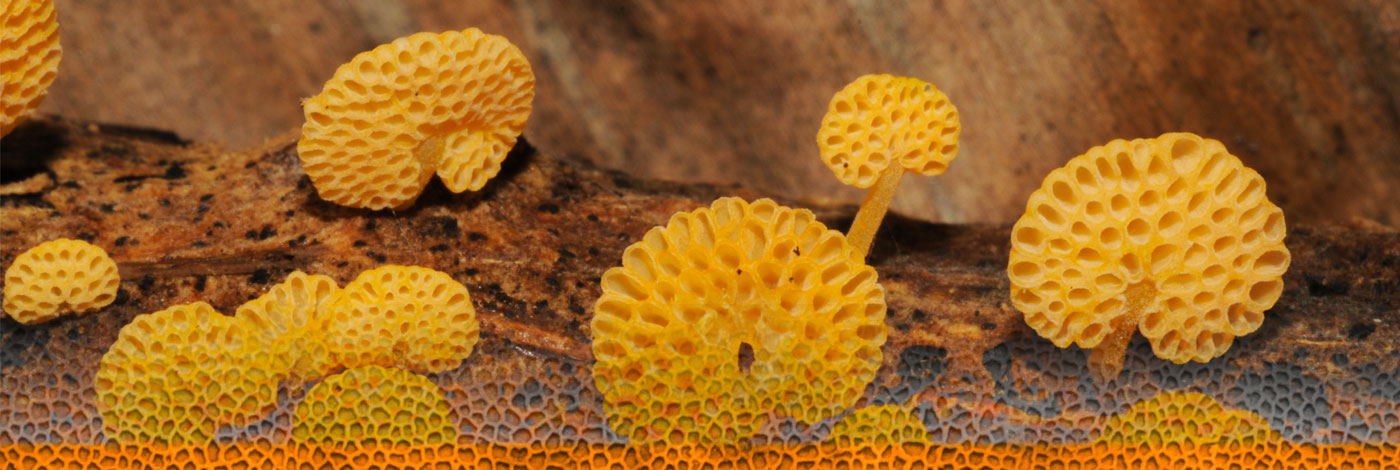

 Cryptogamie, Mycologie
37 (3) - Pages 367-389
Cryptogamie, Mycologie
37 (3) - Pages 367-389This contribution on the genus Cantharellus in North America introduces three new look-alikes of already known species in the eastern United States and thereby exposes the problem of species delimitation in Cantharellus. The small, reddish pink to orange C. corallinus sp. nov. is yet another look-alike of C. cinnabarinus, while the new C. flavolateritius is proposed as a new southern relative of C. lateritius. Both new species are, however, genetically clearly divergent. Such a scenario of “cryptic species” corresponds to a concept that is widely admitted even by field mycologists and therefore easily accepted. In contrast, typical forms of the here newly described C. velutinus sp. nov. are nearly indistinguishable from C. lateritius, but the phenotypic variability of this new species (as supported by phylogenetic inference of the TEF-1 gene) is so impressive that it is hard to accept that the various observed phenotypic forms all belong to a single species as indeed suggested by their identical sequence data. The latter scenario, that of lumping easily separable phenotypic forms in the field under a single species epitheton encounters much more criticism from most field mycologists and is only reluctantly accepted.